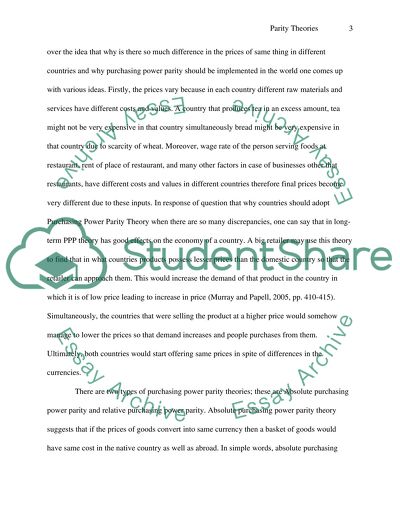Cite this document
(“Parity Theories Essay Example | Topics and Well Written Essays - 2000 words”, n.d.)
Parity Theories Essay Example | Topics and Well Written Essays - 2000 words. Retrieved from https://studentshare.org/finance-accounting/1444770-critically-analyse-using-empirical-evidence-the
Parity Theories Essay Example | Topics and Well Written Essays - 2000 words. Retrieved from https://studentshare.org/finance-accounting/1444770-critically-analyse-using-empirical-evidence-the
(Parity Theories Essay Example | Topics and Well Written Essays - 2000 Words)
Parity Theories Essay Example | Topics and Well Written Essays - 2000 Words. https://studentshare.org/finance-accounting/1444770-critically-analyse-using-empirical-evidence-the.
Parity Theories Essay Example | Topics and Well Written Essays - 2000 Words. https://studentshare.org/finance-accounting/1444770-critically-analyse-using-empirical-evidence-the.
“Parity Theories Essay Example | Topics and Well Written Essays - 2000 Words”, n.d. https://studentshare.org/finance-accounting/1444770-critically-analyse-using-empirical-evidence-the.


